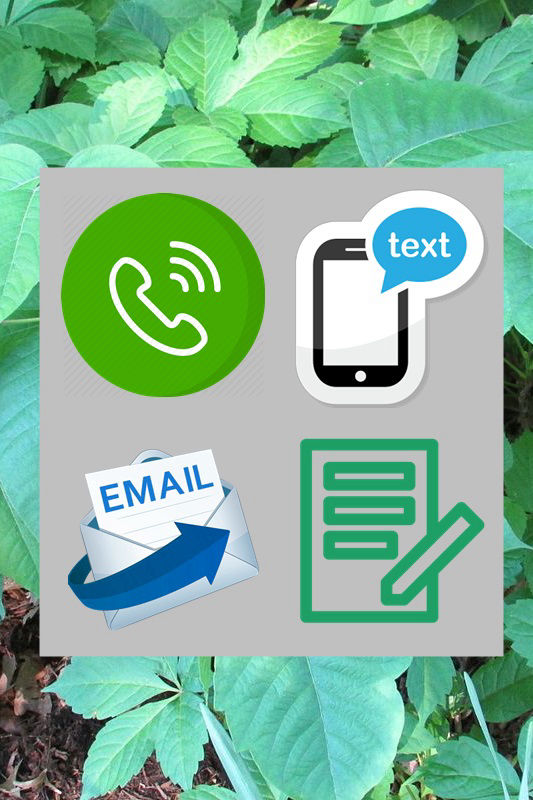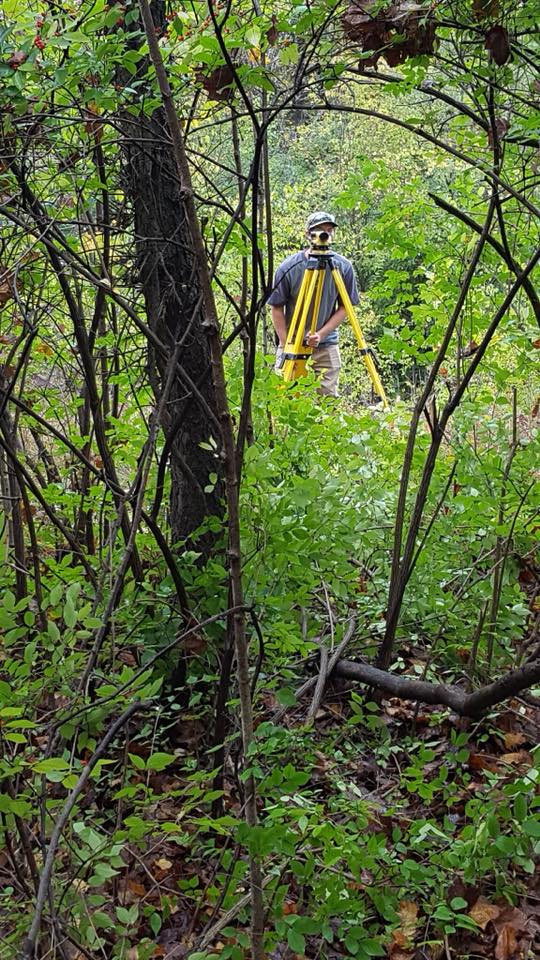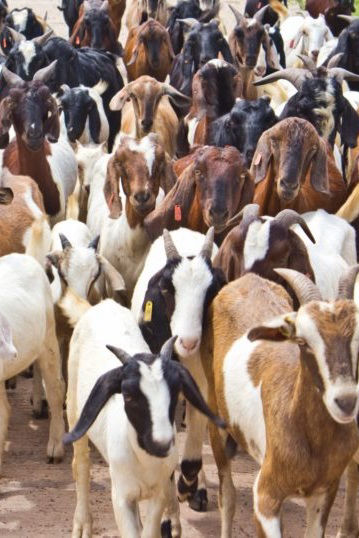Basically, you'd like everything that's not a significant tree gone.
NOTE: We typically turn these jobs down. There is a place for this, but goats do not naturally eat especially low to the ground (usually not under 4" - 6") unless they are really "pushed" - given no other choice of what to eat. And goats are not beaver, so we, or someone, has to work with the goats to cut brush remnants, stalks, stems, young trees, etc. As we get busier, the extra optional services (all our cutting) are more and more difficult to accomplish. This option is has a 99% chance of being turned down for any job outside of our normal service area, unless it is very, very small.... like 1/4 acre or less.
The main reasons we often decline jobs with this land managment goal:
1. It takes TONS more intensive managment! Say for an acre of heavy brush (think, jungle like... Can't even see into the brush more than a few feet) the area would have to be divided into many, many sections... perhaps as many as eight or ten. This is an enormous amount of more work, more wear to our electric net fencing and more cost to the landowner. The same goal can be accomplished over time without so much pain, effort and gear wear.
2. Typically this goal is better accomplished by a bulldozer. At least if you're hoping to have it all done in one pass.
IF you choose this option, understand unless we or someone else does the manual cutting afterwards (typically a few weeks afterwards, when the plants use up some of their energy try to re-foliate) then the option is not going to be nearly as effective.



